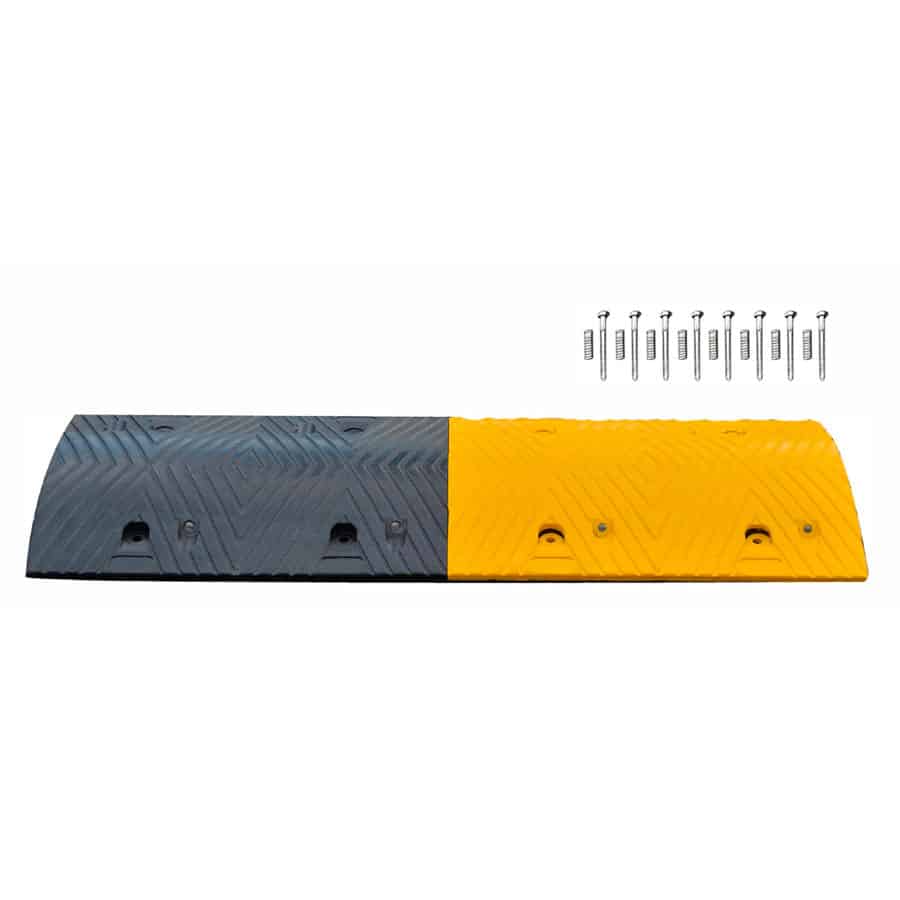In urban environments, ensuring the safety of pedestrians and regulating vehicle speed are crucial elements of effective traffic management. Street bumps, commonly known as speed bumps or traffic calming measures, play a significant role in achieving these objectives. This article explores the purpose, benefits, types, and best practices for implementing street bumps in city planning.
The Purpose of Street Bumps
Street bumps are elevated sections of road designed to slow down vehicles. They serve as physical reminders for drivers to reduce their speed, particularly in areas with high foot traffic, such as residential neighborhoods, school zones, and near parks. By reducing vehicle speeds, street bumps contribute to safer road conditions for pedestrians, cyclists, and other vulnerable road users.
Benefits of Street Bumps
- Enhanced Safety: The primary benefit of street bumps is their ability to improve safety for pedestrians and cyclists. By forcing vehicles to slow down, street bumps decrease the likelihood of accidents, especially in areas where children and families are likely to be present.
- Traffic Calming: Street bumps effectively calm traffic by creating a physical barrier that discourages speeding. This is particularly important in residential areas where high speeds can pose significant risks to community members.
- Reduced Noise Pollution: Slower-moving vehicles tend to produce less noise than speeding ones. As a result, the implementation of street bumps can help mitigate noise pollution in neighborhoods, contributing to a more peaceful environment.
- Lower Environmental Impact: By reducing vehicle speeds, street bumps can contribute to decreased fuel consumption and lower emissions. This environmental benefit is particularly relevant as cities strive to meet sustainability goals.
- Cost-Effective Traffic Management: Compared to other traffic management solutions, such as traffic signals or roundabouts, street bumps are relatively inexpensive to install and maintain. Their simplicity makes them an attractive option for urban planners looking to enhance safety without significant budgetary impacts.
Types of Street Bumps
Several types of street bumps can be implemented, each with its unique characteristics and benefits:
- Traditional Speed Bumps: These are typically 3 to 4 inches high and are designed to create a noticeable rise in the road. They are effective in significantly slowing down traffic but can be uncomfortable for drivers if approached at high speeds.
- Speed Humps: Similar to speed bumps but with a gentler incline, speed humps are usually wider and less severe. They provide a smoother transition for vehicles while still effectively slowing down traffic.
- Speed Tables: These are flat-topped speed bumps that extend across the entire roadway. Speed tables can also serve as pedestrian crossings, providing a raised area for pedestrians to cross safely.
- Rubber Speed Bumps: Made from durable rubber materials, these speed bumps can be installed temporarily or permanently. They are lightweight and easy to install, making them ideal for areas requiring frequent adjustments.
Best Practices for Implementing Street Bumps
To maximize the effectiveness of street bumps, urban planners and local authorities should consider the following best practices:
- Strategic Placement: Identify locations where street bumps will have the most significant impact, such as near schools, parks, and residential neighborhoods. Conduct traffic studies to determine the most effective areas for installation.
- Community Involvement: Engage with local residents and stakeholders to gather feedback on the proposed locations for street bumps. Community involvement can help identify concerns and ensure that the solution meets the needs of those affected.
- Clear Signage: Install appropriate signage to alert drivers of the upcoming street bumps. Visibility is crucial to ensure that drivers can adjust their speed in advance, minimizing the risk of sudden stops or accidents.
- Regular Maintenance: Conduct routine inspections and maintenance of street bumps to ensure they remain in good condition. Over time, wear and tear can affect their effectiveness, so timely repairs are essential.
- Evaluate Effectiveness: After installation, monitor traffic patterns and safety statistics to evaluate the effectiveness of the street bumps. This data can help inform future traffic management strategies and identify any necessary adjustments.
Conclusion
Street bumps are an effective and cost-efficient tool for enhancing safety and managing traffic in urban areas. By reducing vehicle speeds, these traffic calming measures contribute to safer environments for pedestrians and cyclists while also promoting a more peaceful atmosphere in neighborhoods. As cities continue to grow and evolve, the thoughtful implementation of street bumps will play an essential role in achieving safer and more sustainable urban living.
